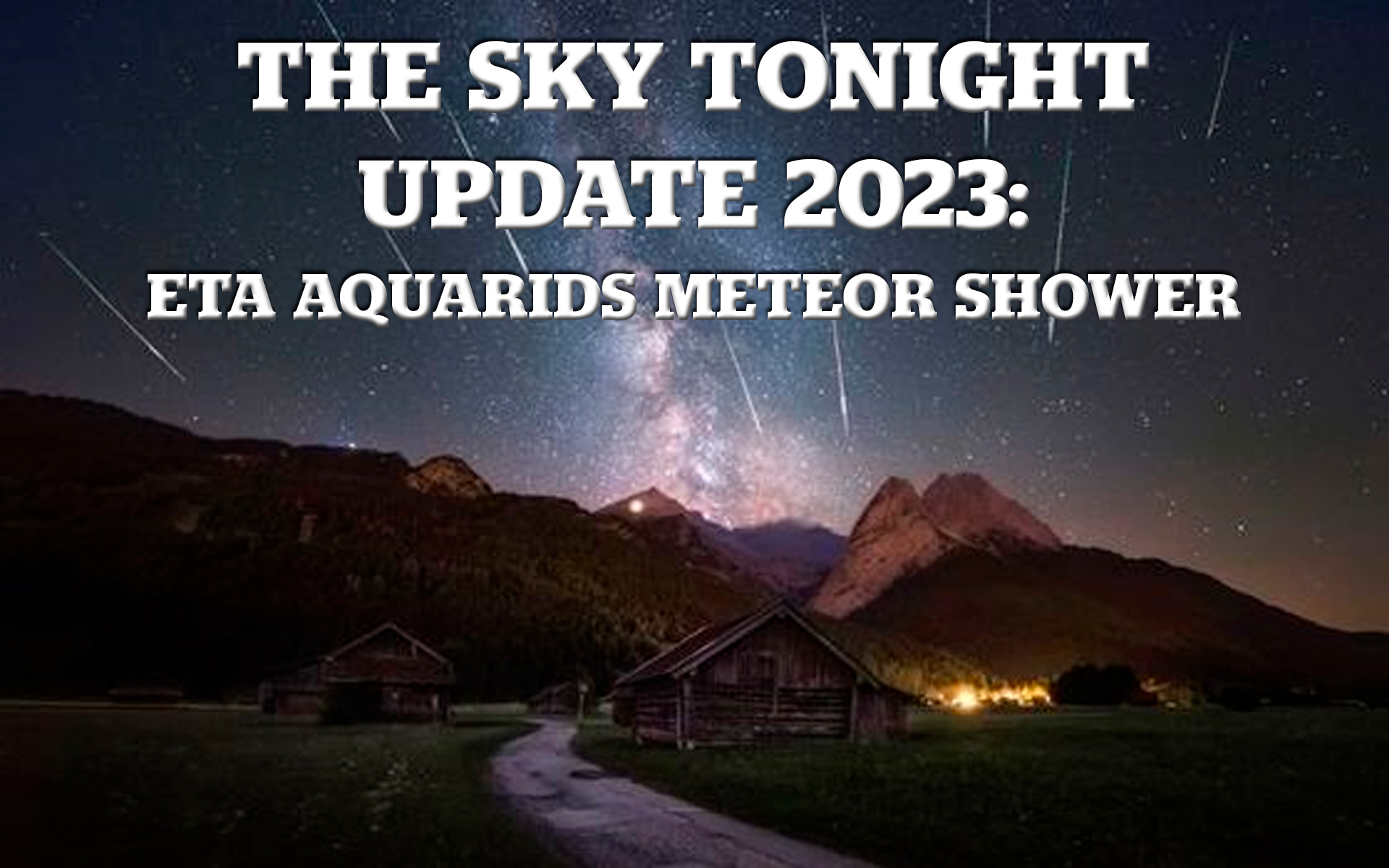The Eta Aquarids is an above average shower, capable of producing up to 60 meteors per hour at its peak. Most of the activity is seen in the Southern Hemisphere. In the Northern Hemisphere, the rate can reach about 30 meteors per hour. It is produced by dust particles left behind by comet Halley, which has been observed since ancient times.
Halley’s Comet orbits the sun on an average of every 76 years (the range is from 74 through 79 years due to perturbations of the planets). So, in most years, the comet is nowhere near when we sweep through its orbit, and when debris left behind by the comet enters our atmosphere to create Halley’s two meteor showers.
Perhaps you saw Halley’s Comet when it returned last, in 1985/86. It has been observed since the year 240 BCE. Halley’s Comet will be back in 2061. Presently the comet is traveling away from the sun at about 0.6 miles a second (1 km/sec). In the year 2022, Halley’s Comet is beyond the orbit of Neptune.
In December of 2023, the comet will reach its farthest point from the sun that binds it in orbit. Then – pulled inexorably by the sun’s gravity – it will curve around and head back toward the inner solar system again.
The shower runs annually from April 19 to May 28. It peaks this year on the night of May 6 and the morning of the May 7. The nearly full moon will be a problem this year, blocking out all but the brightest meteors. If you are patient, you should still should be able to catch a few good ones. Best viewing will be from a dark location after midnight. Meteors will radiate from the constellation Aquarius, but can appear anywhere in the sky.























